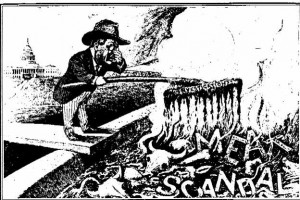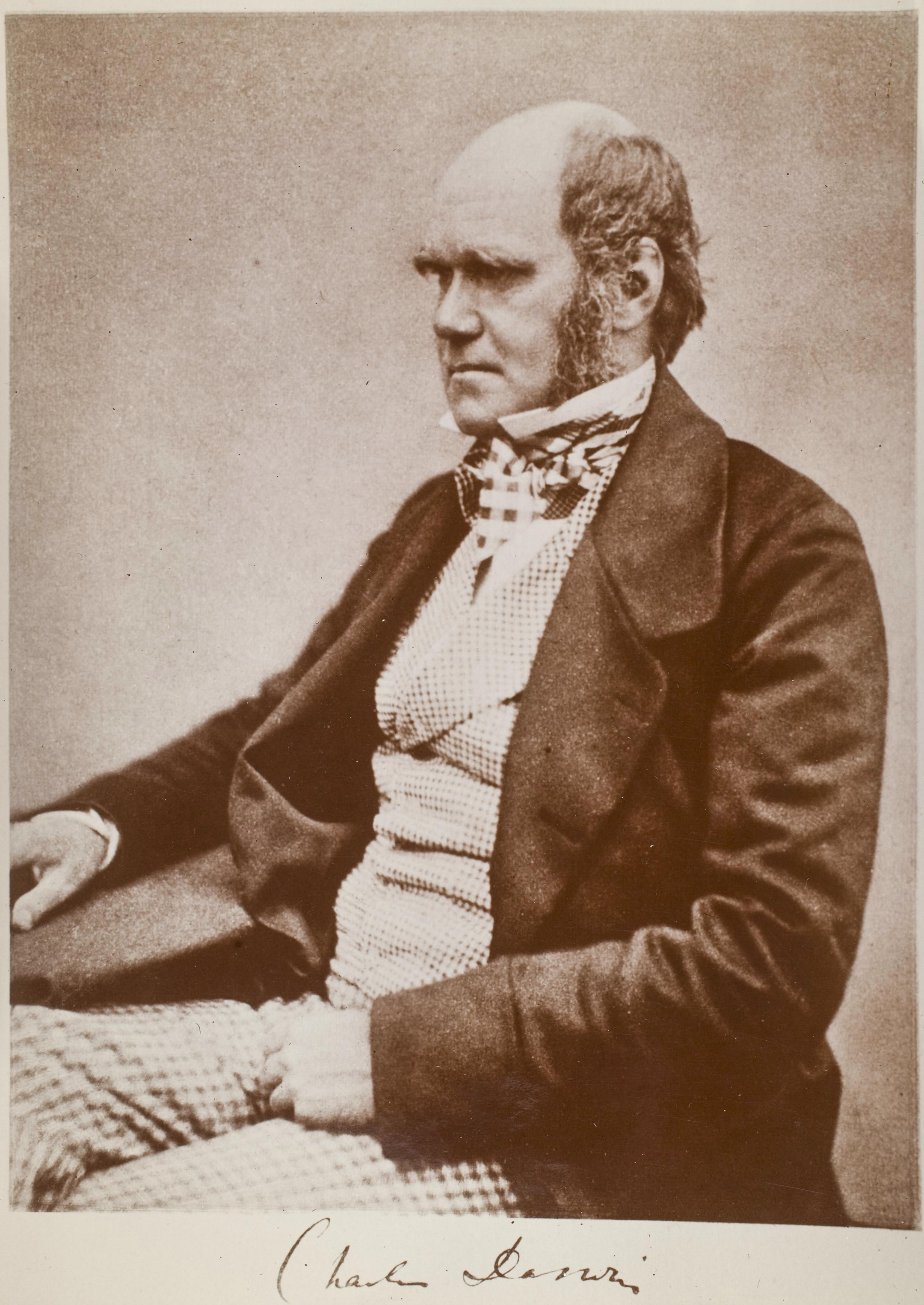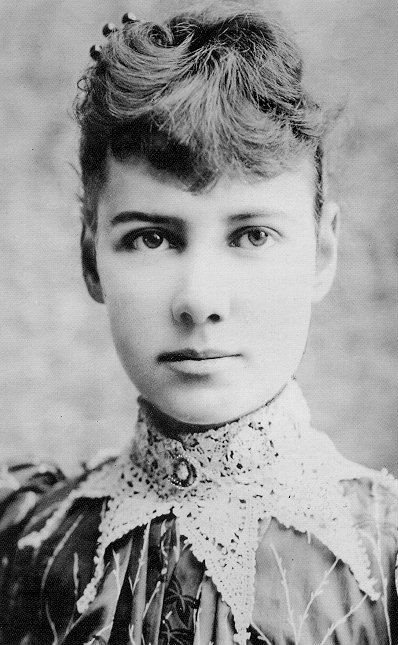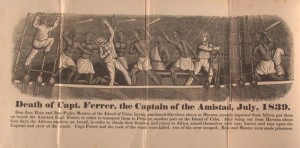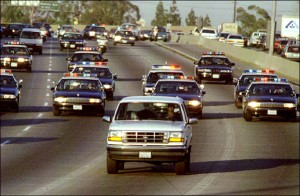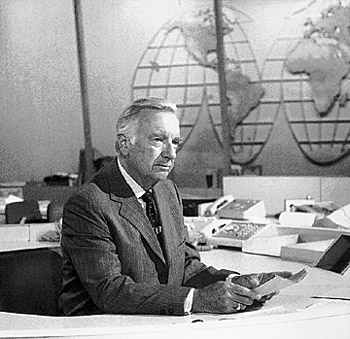In Schudson’s, Discovering the News chapter 1, he goes into great depth about the penny press and how it transformed journalism from 1830 and on. He describes the 1830’s as a revolution in journalism; one that “led to a triumph of ‘news’ over the editorial and ‘facts’ over opinion.”
Before 1830, party press and commercial press dominated the newspaper business. These papers were expensive. They cost about six cents an issue, and generally were only sold as a subscription. Not surprisingly, circulation was low. At the time, most editors were subservient to their political masters, so editorials and content were often skewed to one side.
Schudson says that names of newspapers said a lot about who ran them. Before the 1830’s, papers had names with “advertiser”, “commercial” or “mercantile” in their titles. After the 1830’s, papers had names like “critic”, “herald” or “tribune”, which expressed a sort of agency. The words “star” and “sun” suggested objects that illuminate the world. Just by looking at the titles, one could infer that after the 1830’s, newspapers became expressive of their editor’s personality.
The change in press in the 1830’s has been called the “commercial revolution”. This refers to the advent of the penny paper. The first penny paper was the New York Sun, first published in 1833. Penny papers were sold my newsboys for a penny each day, so they became available to a large number of people. Naturally, their circulation soared and quickly surpassed many six-penny papers.
Ads in penny papers began to aim more at the mortal person than a businessman. Patent medicines and ‘want’ ads became regular staples. The penny press was not fussy about who advertised either. Older newspapers wouldn’t print ads for “objectionable” content like theaters or lotteries.
Most penny papers claimed political independence as well. They were indifferent to political events. Penny papers also printed content aimed at and about the activities of a varied, urban, and middle-class society; not to a small, elite trading society. They published stories on local news using hired reporters.
The six-penny papers began to criticize the penny press for its advertising policies, especially those for patent medicines. They also claimed that the penny papers were sensational, mostly because they printed verbatim transcripts from court hearings or presidential addresses.
Schudson goes on to claim that the changes in journalism at this time were closely tied to the rise of a “democratic market society”. Basically, the democratization of business and politics. He says that technology and literacy also helped usher in this change. The steam press was invented in the 1820’s. It sped up the process of printing. Paper also changed. The Fourdrinier process, which processed rags into raw material, became widely used in America after 1827. The development of railroads and canals also helped newspaper circulation. The telegraph came into use in the 1840’s. Newspapers encouraged it’s development.
Schudson also says that widespread literacy stimulated the demand for newspapers. He questions whether the demand for newspapers brought more literacy or was it a result of inducements to a reading public.
Schudson goes on to talk about the Jacksonian era of democracy. President Jackson’s policies ushered in a democratic wave across the country in the form of manhood suffrage, informal manners, a cheap press and public schooling. This time transformed the country into a market democracy, one where the individual had new standing and a pursuit of self-interest was good. The established mercantile and financial leaders were upset by a newer group of enterprising capitalists. The founding of the penny press is an example of the new kind of entrepreneur.
To conclude the chapter, Schudson talks in depth about James Gordon Bennett, the founder of the New York Herald. This paper was very successful. It was aimed at a middle-class readership. Wall Street attacked Bennett for his money articles. He analyzed financial reports so that his readers could understand. Wall Street papers began a Moral War against Bennett in 1840, trying to get him our of business. They charged him with blasphemy, indecency, lying and blackmail. In the end, Bennett’s circulation was down only a few thousand.
Overall, the chapter discusses how important the penny papers were for developing modern journalism and making news available to the masses. There were a variety of reasons that penny papers succeeded, including technological advances, increased literacy and human interest stories.

 Author
Author 
